Montgomery County's Historic African American Places
These park sites, trails, museums and county designated historic places commemorate the county’s rich African American heritage.
These park sites, trails, museums and county designated historic places commemorate the county’s rich African American heritage.
Montgomery Planning

Montgomery County has many historic places that highlight the strength, resilience and perseverance of Black communities in the face of segregation and violent racial oppression. The historic locations below are shown on a map of Montgomery County featuring African American benevolent society halls , schools, churches and cemeteries. Many of these places have experienced pressure from rapid development. The Montgomery County Historic Preservation Program is exploring the relationship between these institutions to better understand and preserve these important features of our past. These institutions and the historic places described below were important to the growth of African American communities in Montgomery County.

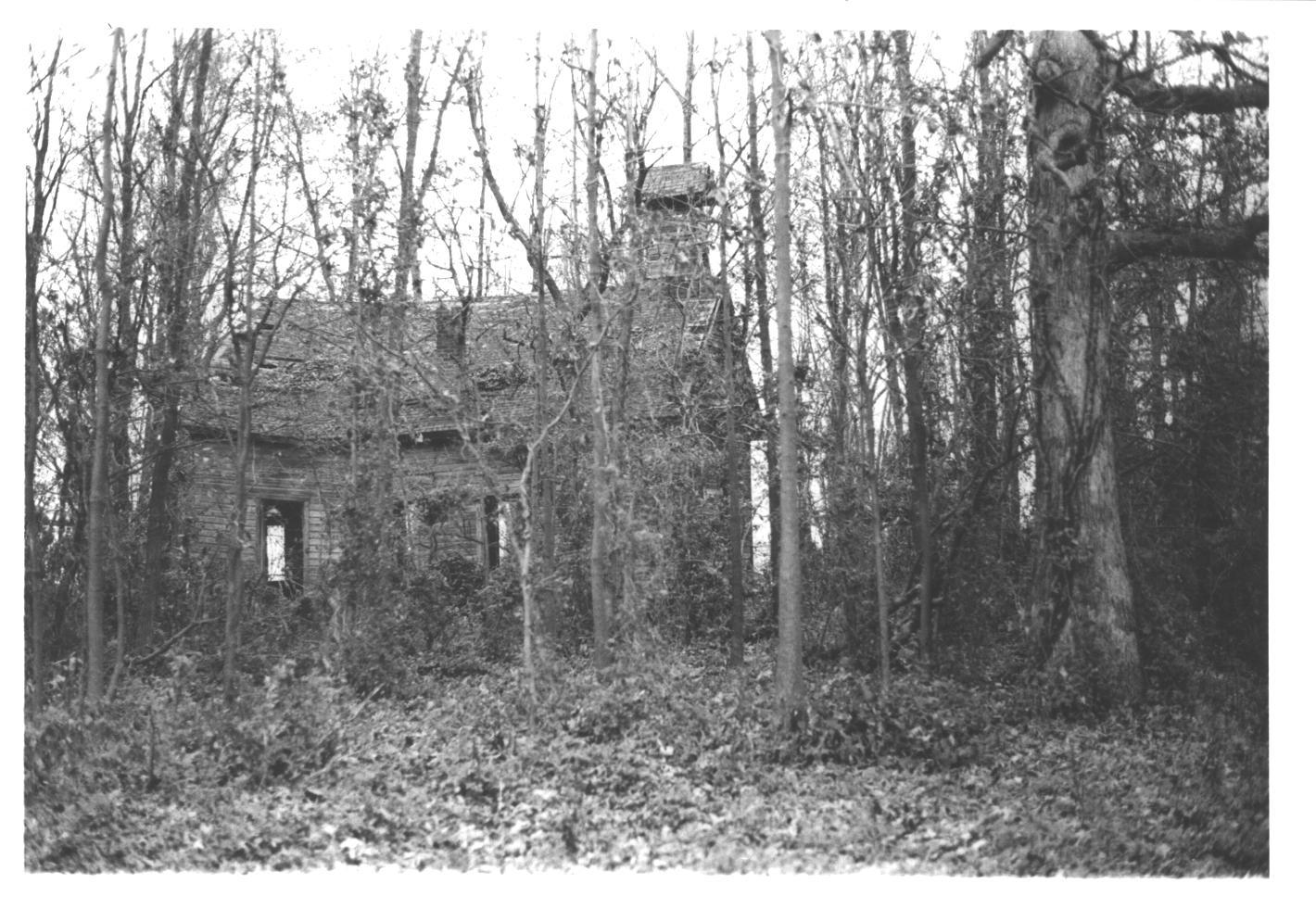
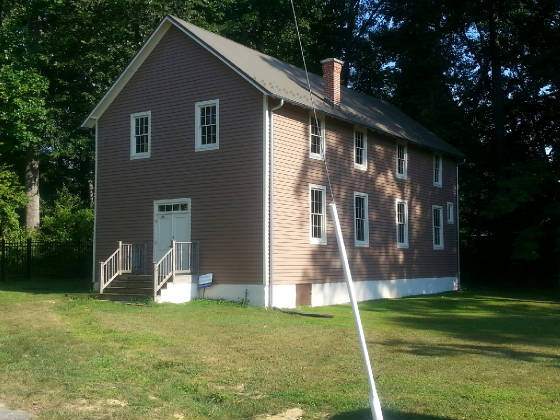

.jpg)

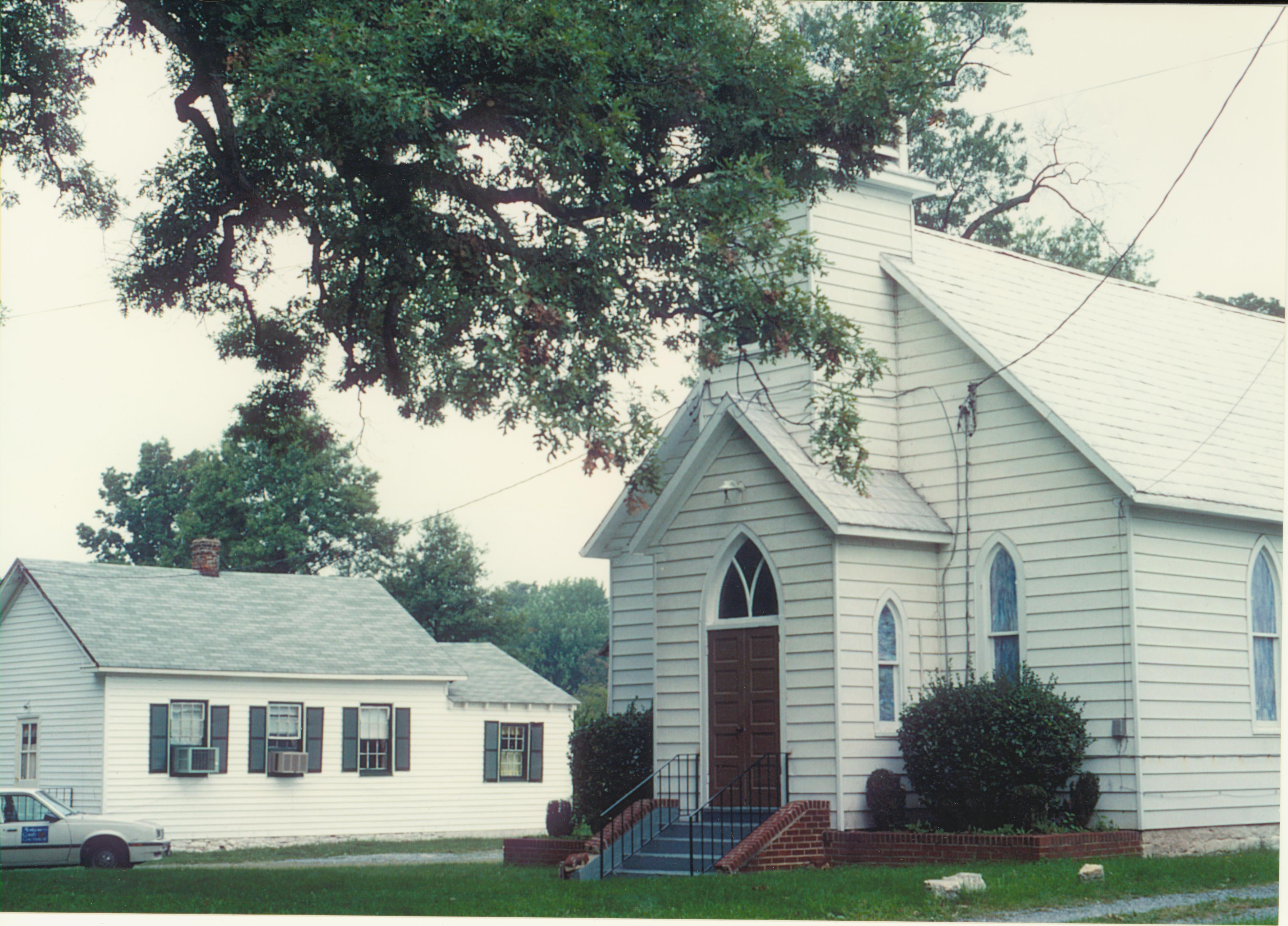
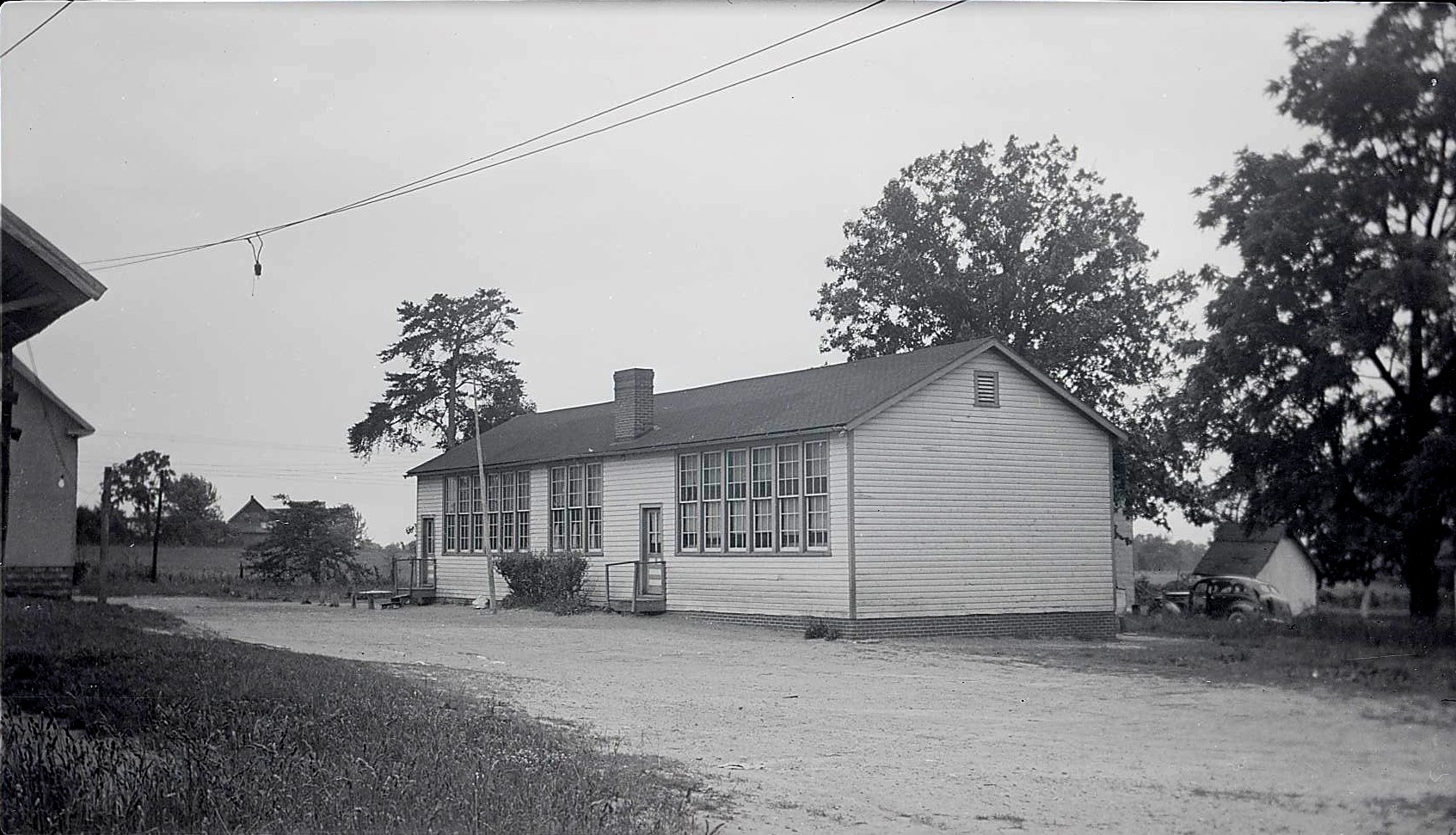
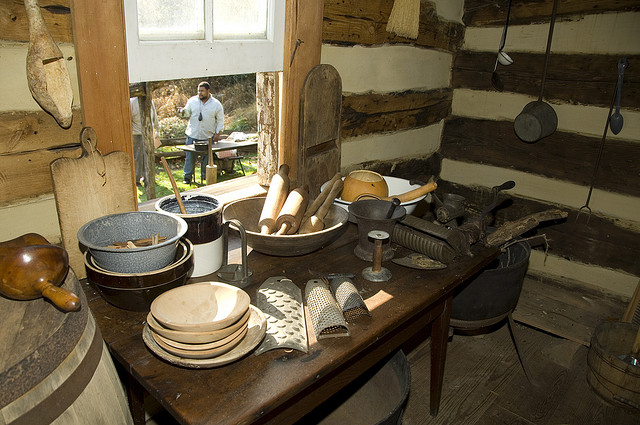
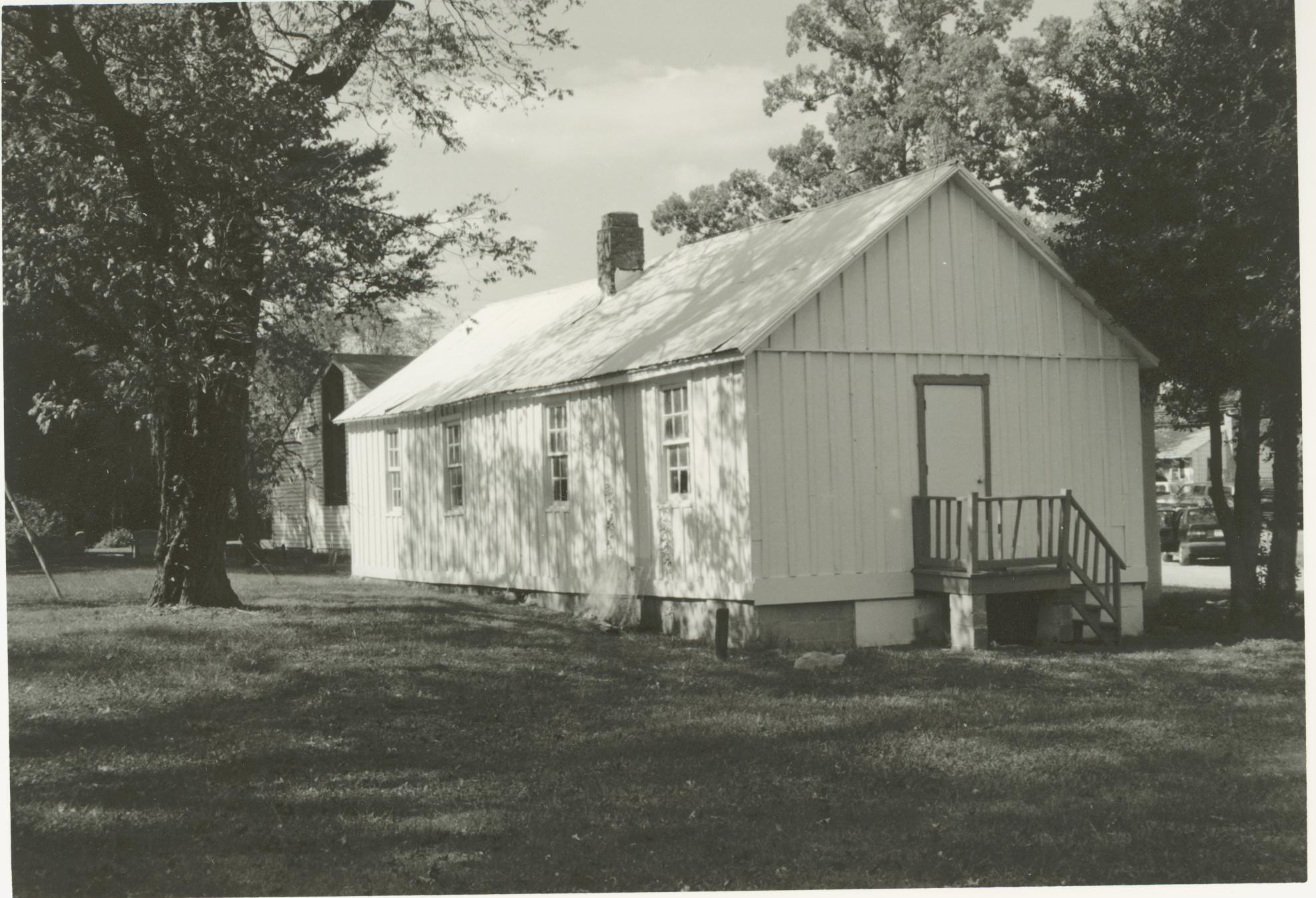
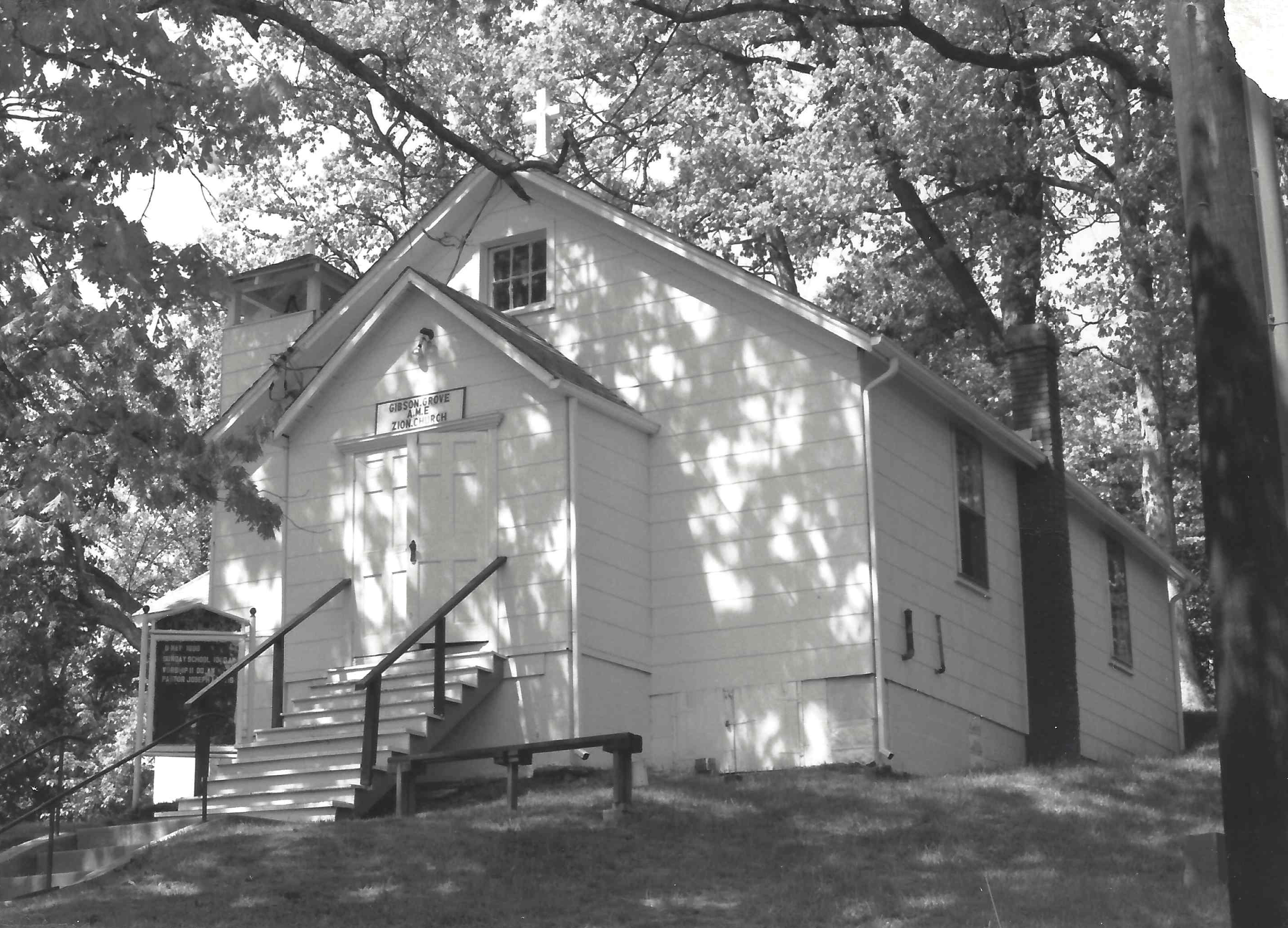
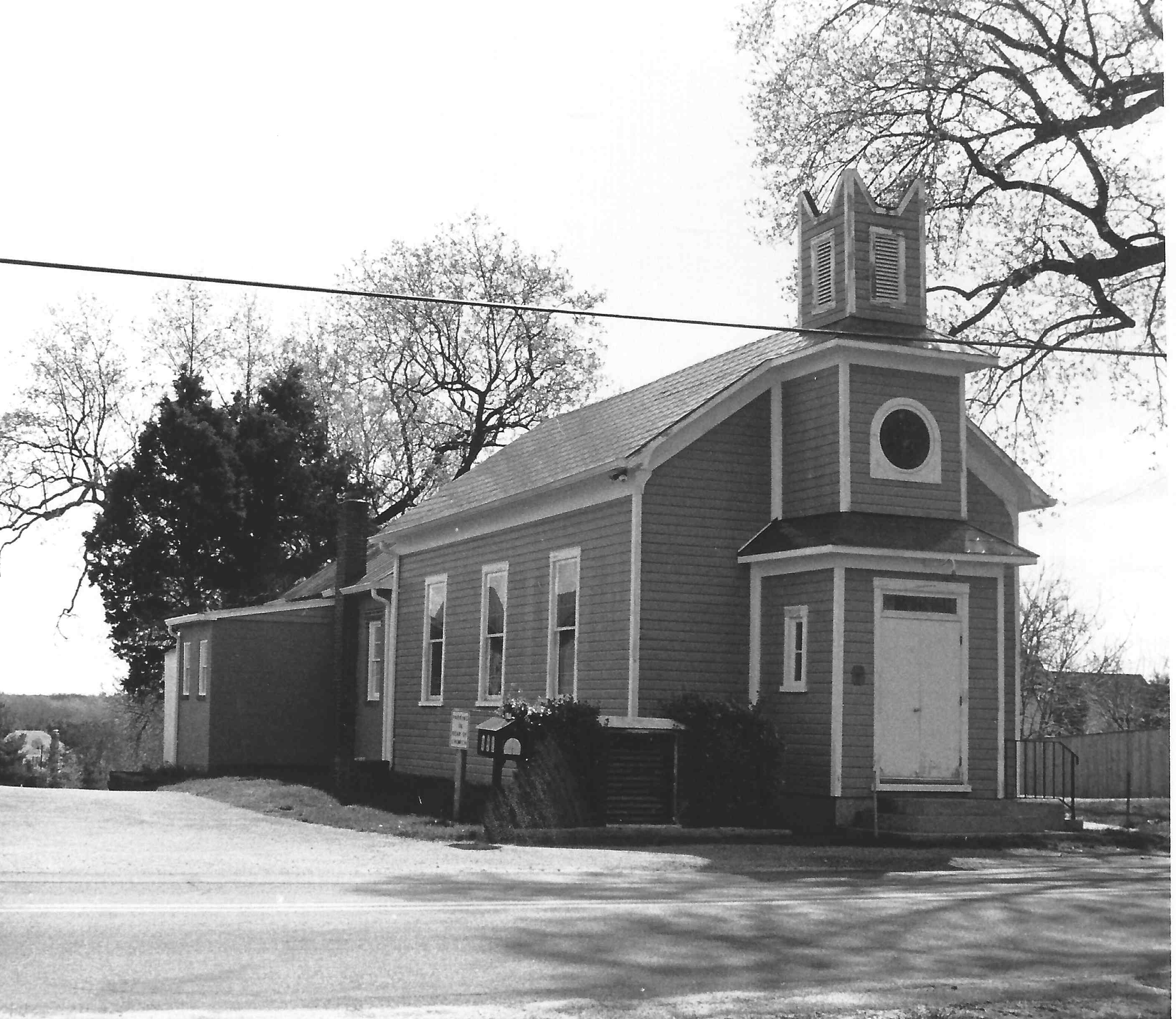
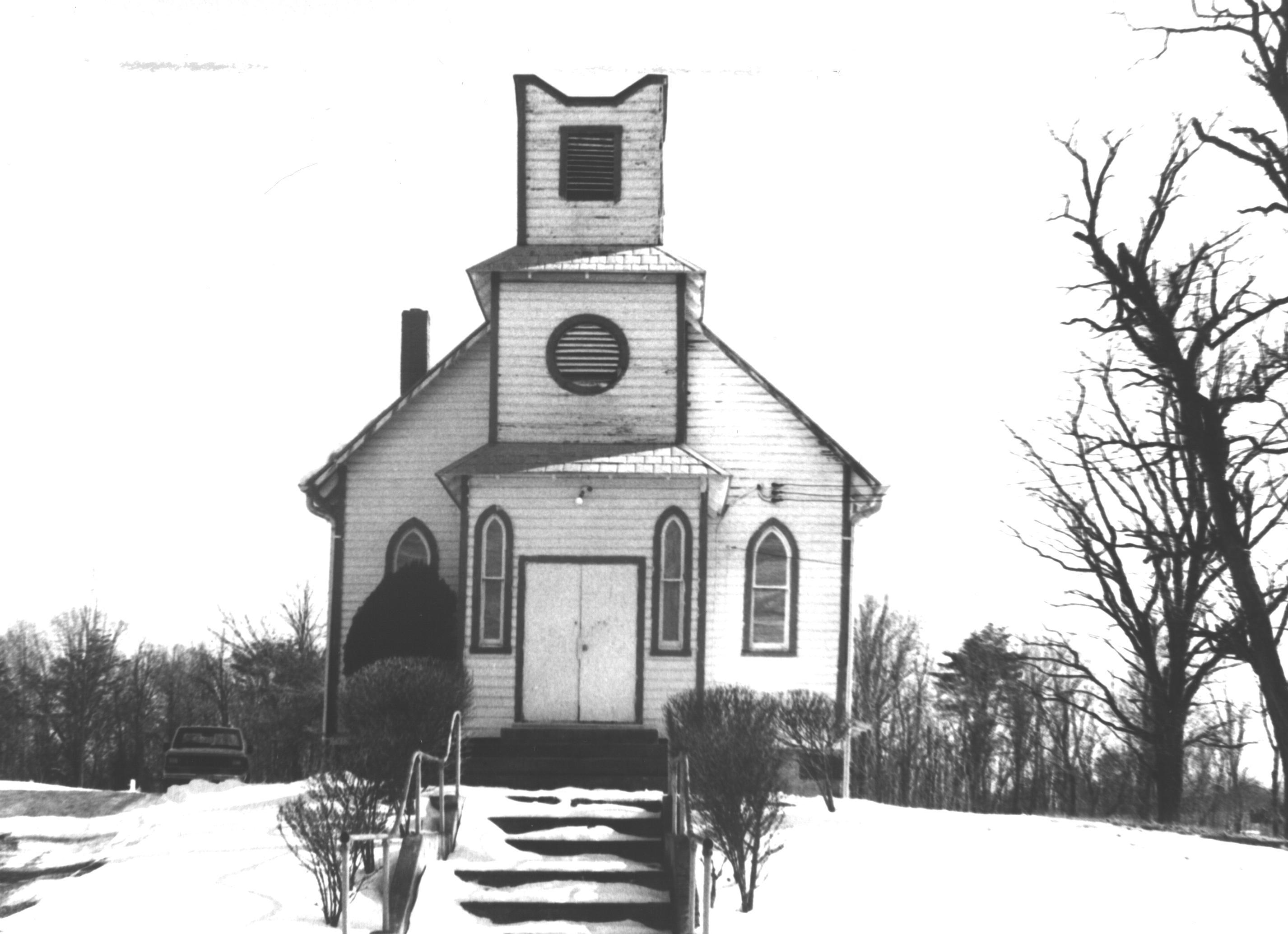
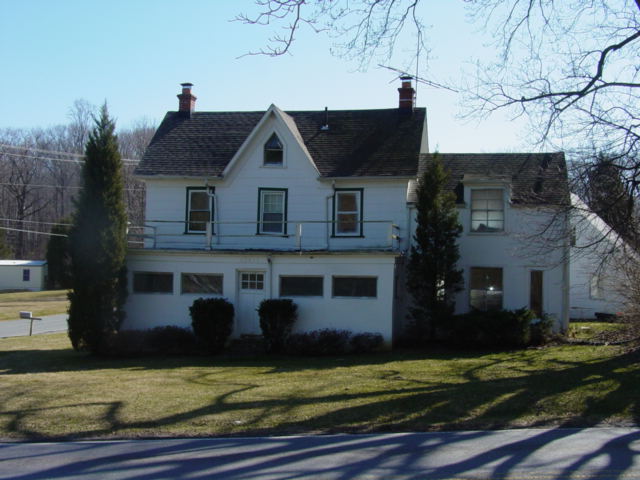
.jpg)
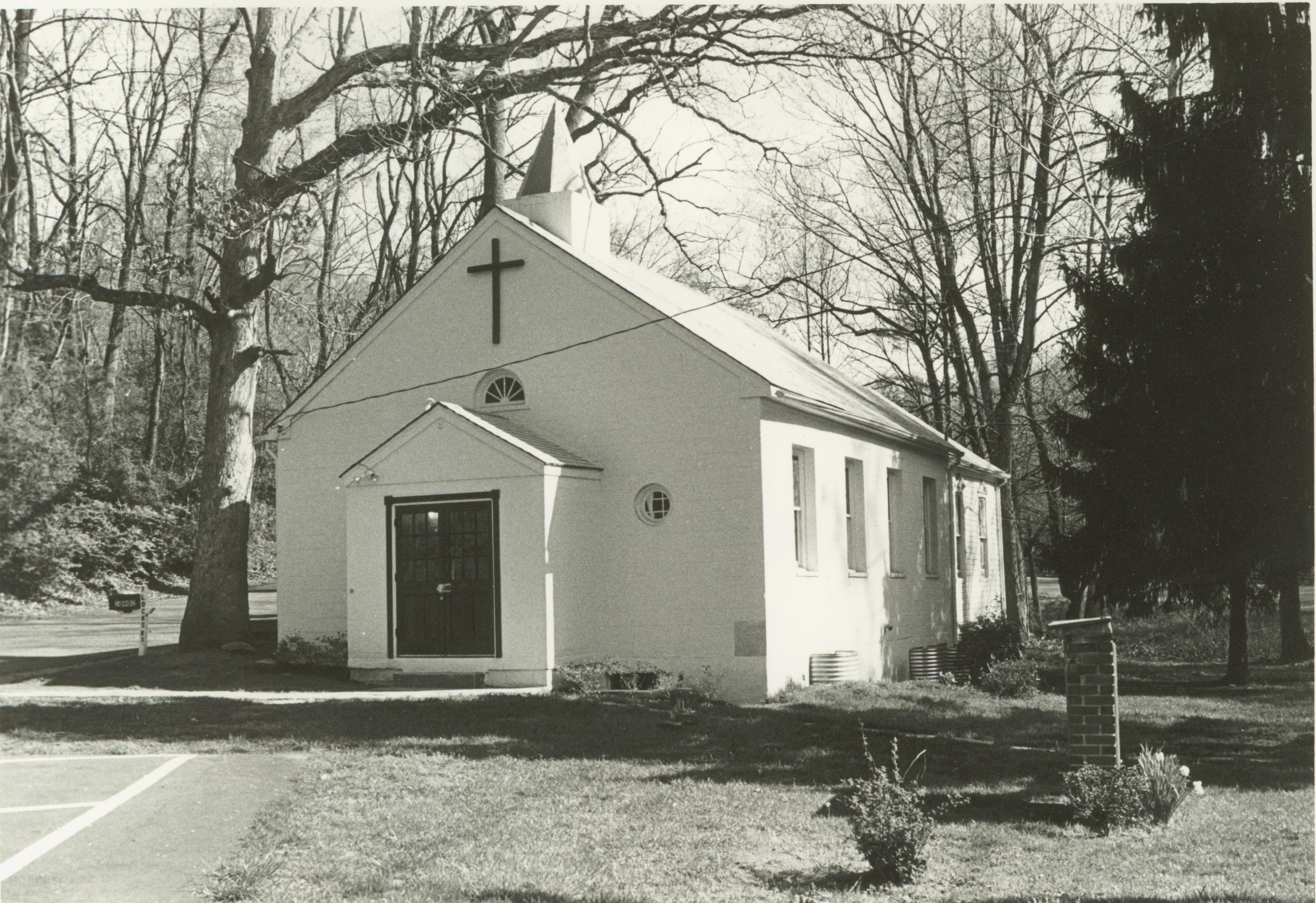
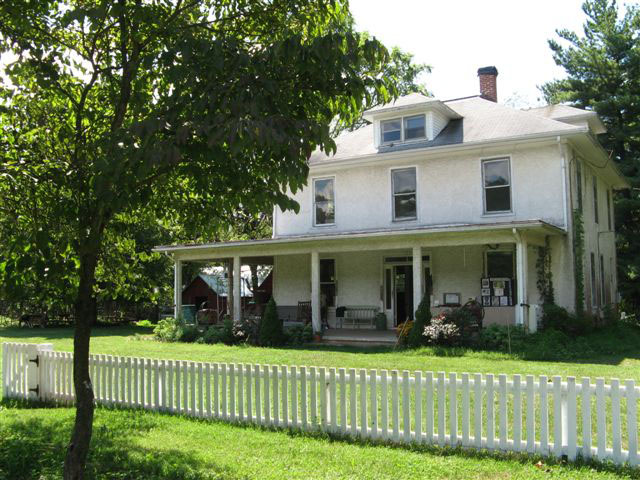
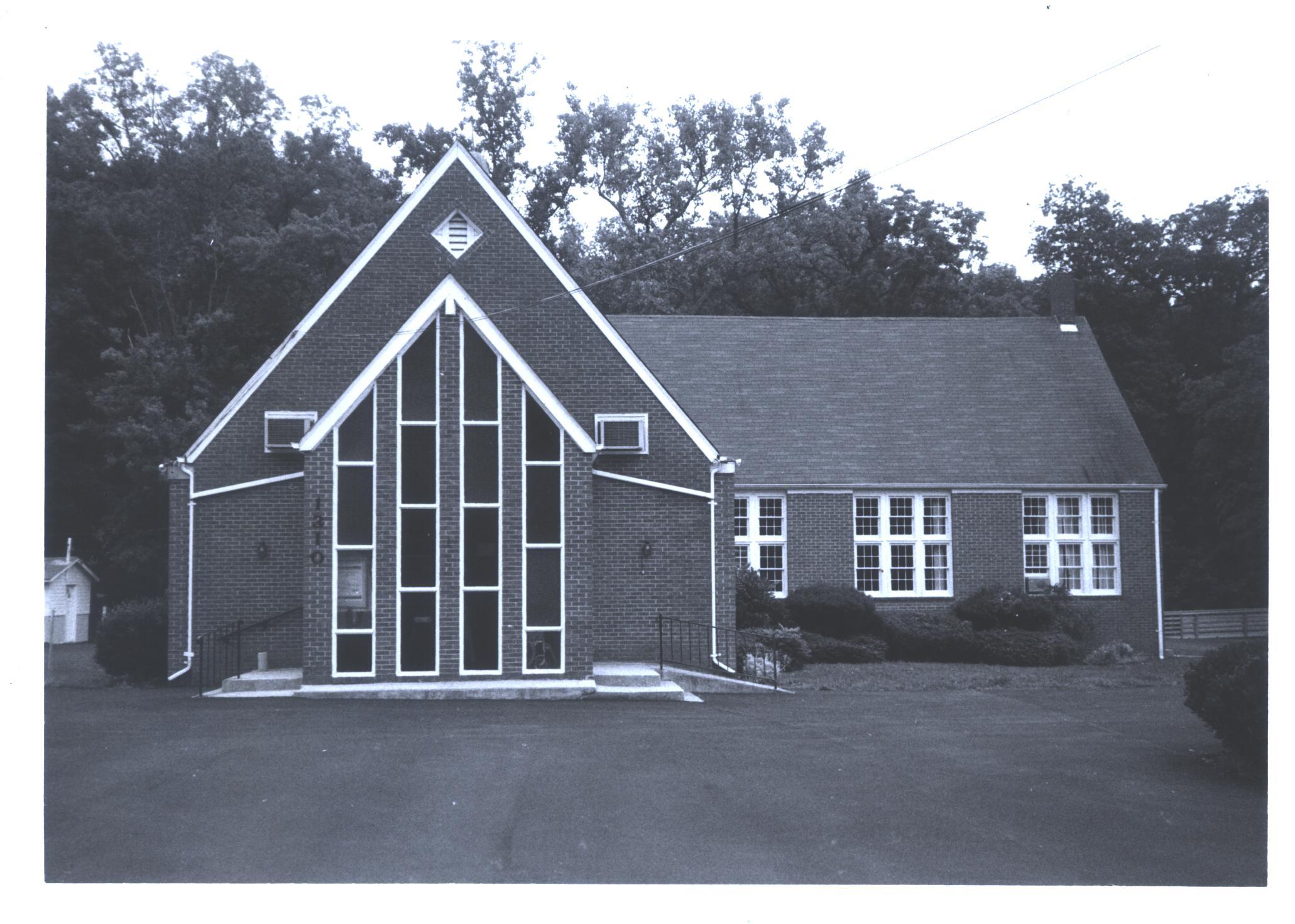
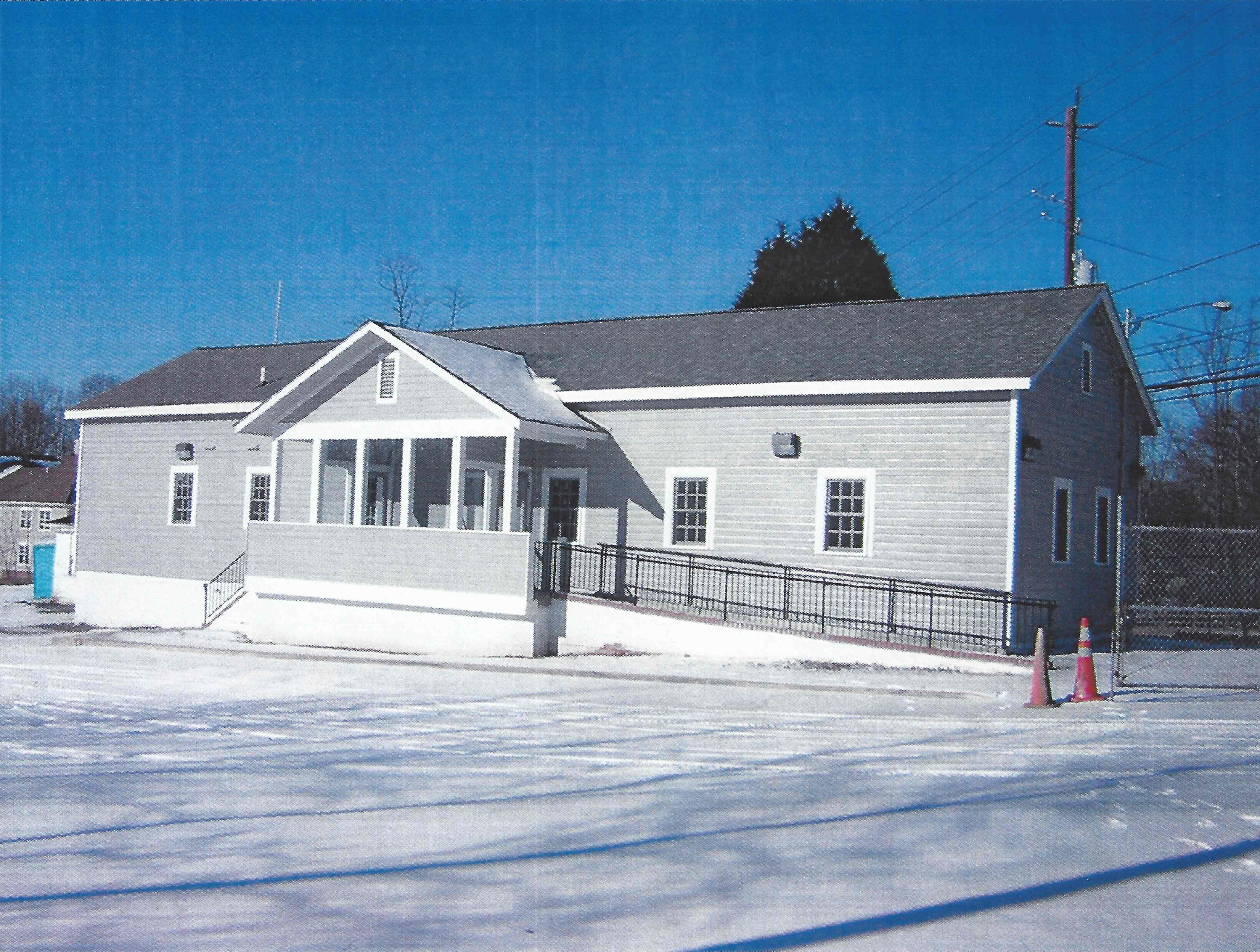
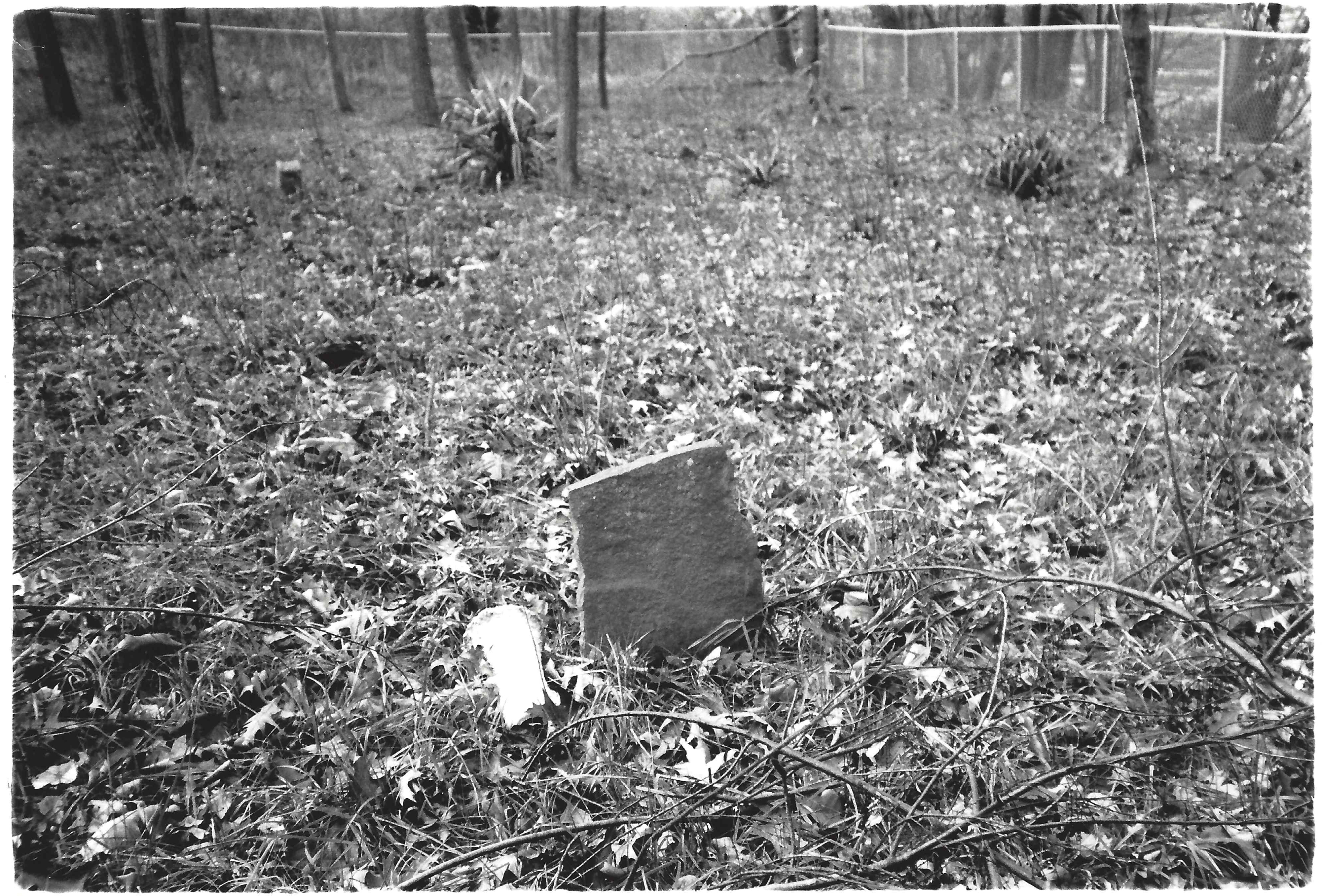
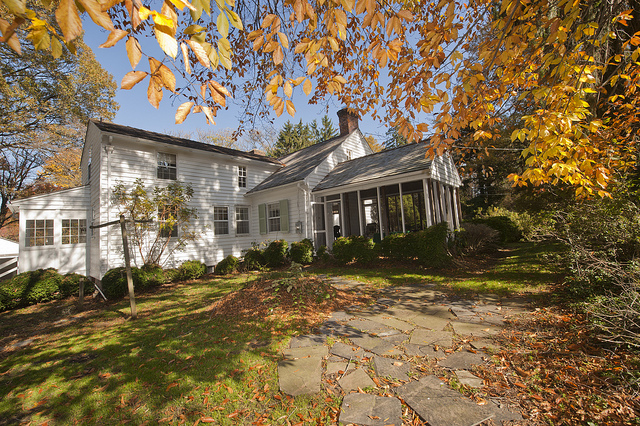
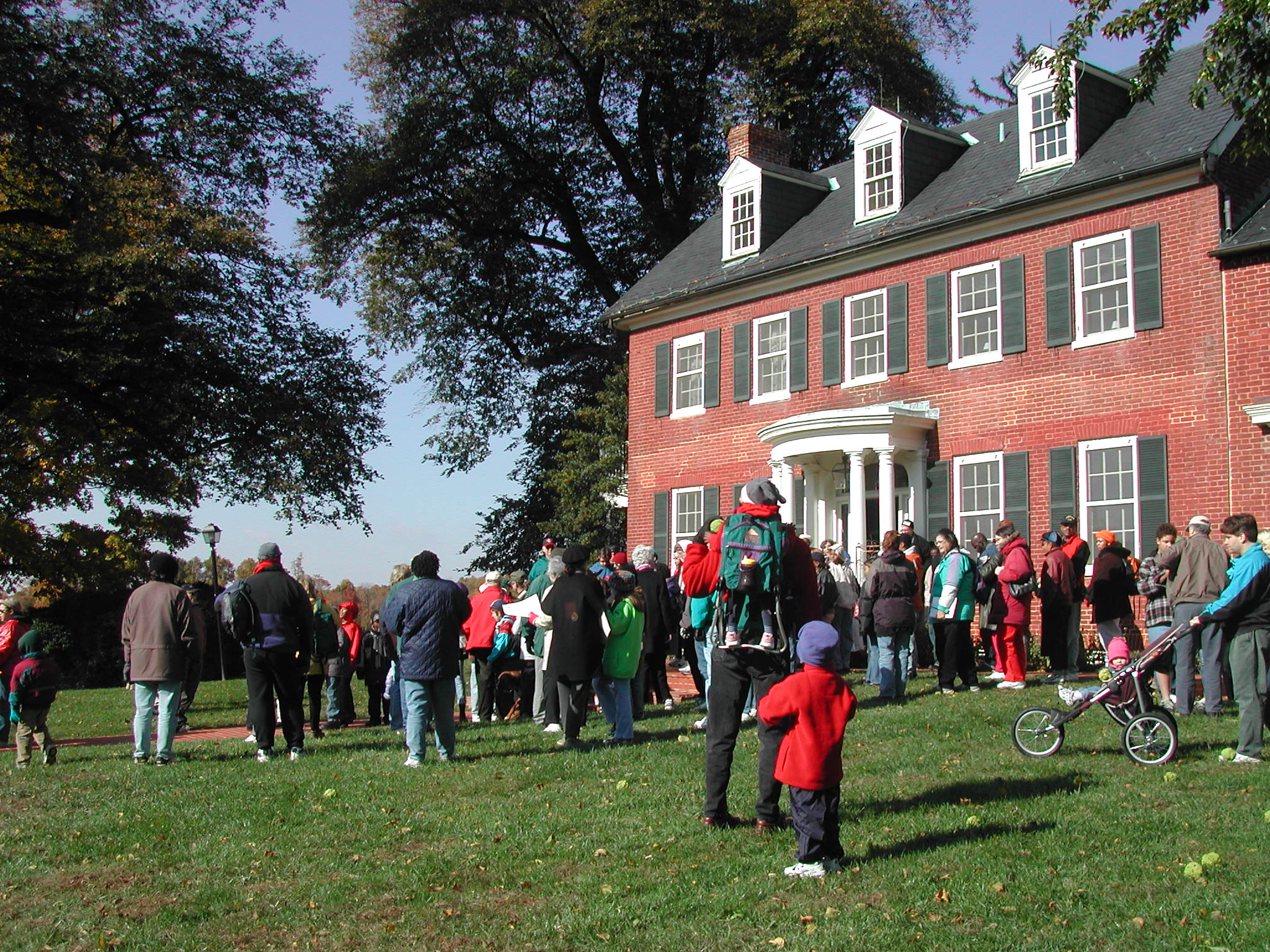
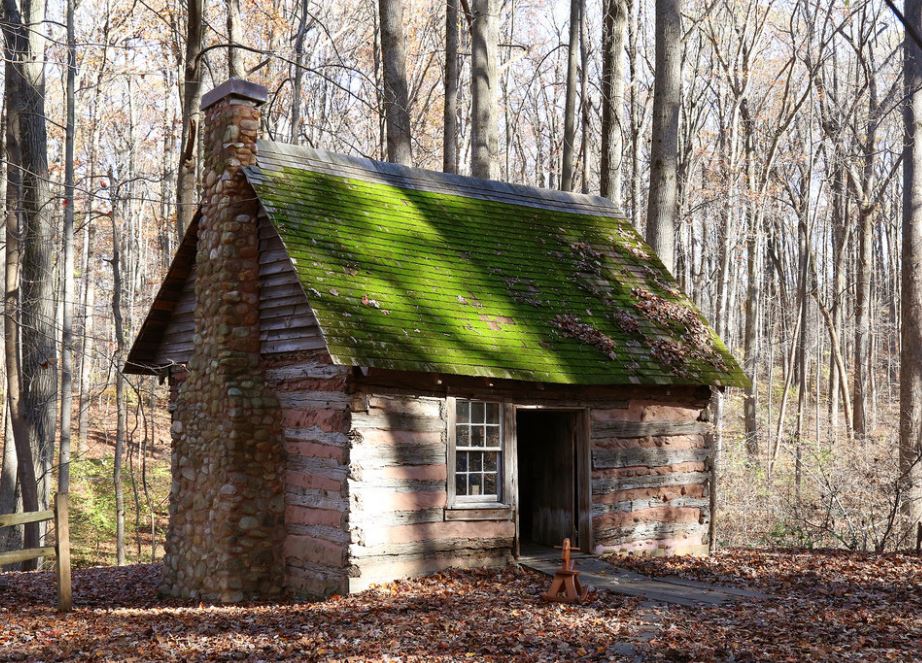
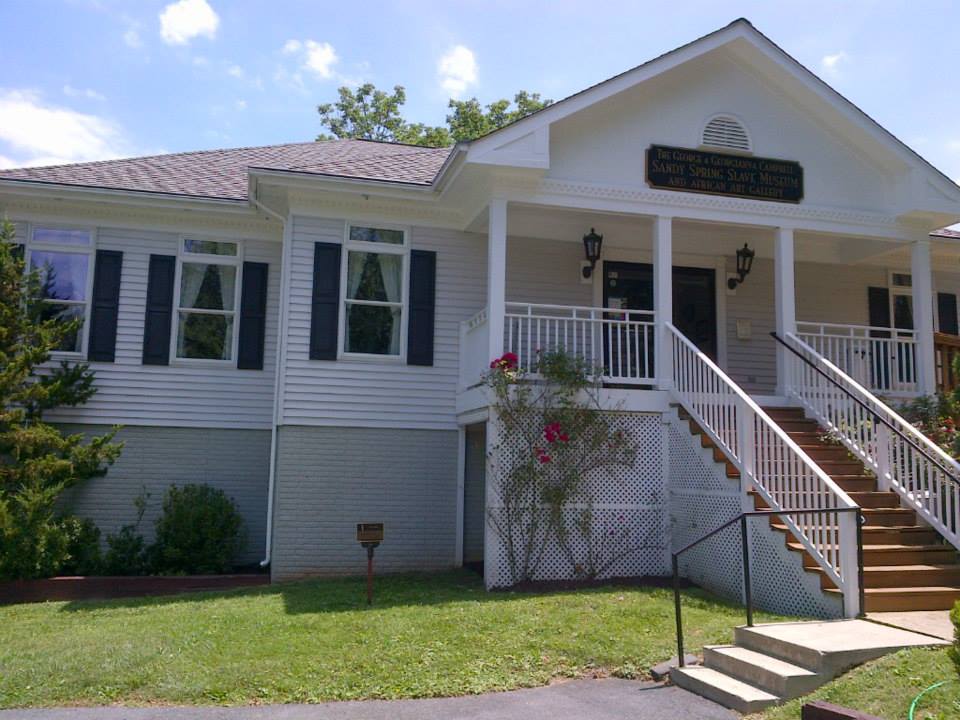
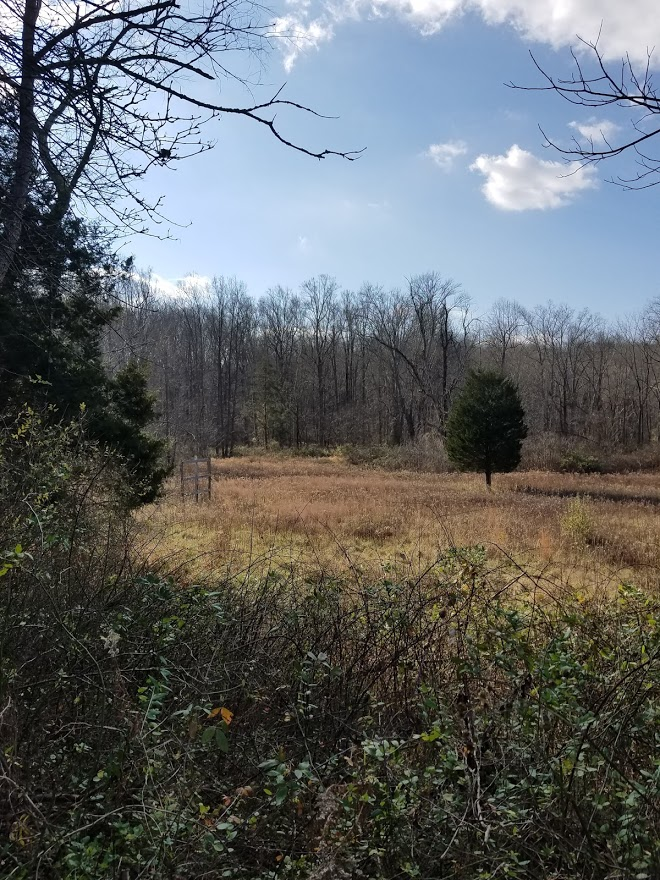
Poolesville, Maryland
The Elijah Church Cemetery contains the remains of the early settlers and descendants of Jerusalem, one of the largest and oldest African-American communities in Montgomery County. Of the approximately 200 graves in the cemetery, the earliest date from 1871. A community building once stood on the property as a meeting place for religious services until a church was built in 1909. The original church was destroyed by a fire in 1950 and replaced by the present structure.
Laytonsville, Maryland
Located on a 204-acre parcel owned by Enoch George Howard, this site became the center of an African-American community established after the Civil War. Howard was a former slave who bought his freedom in 1857 and became a prosperous landowner and family patriarch. He erected a school for local Black children on the property and later built a chapel served by a circuit minister from the Washington Negro Conference. Today, cemetery stones are all that remain of this once vital community.
Sandy Spring, Maryland
Like other benevolent societies in the county , The Odd Fellows institution served as a health and life insurance agency for the African American community of Sandy Spring. Fees paid to the club helped fund medical and funeral expenses for its members. For 50 years, the organization provided assistance for widows, orphans and the poor, and also hosted meetings and social events in the building.
Boyds, Maryland
The rural village of Boyds represents the post-Civil War development generated by the arrival of the railroad in the area during the 1870s. Still present within the Boyds Historic District is the folk architecture built by the African Americans who worked on the railroad. Following the abolition of slavery in 1864, some of the freedmen built houses and community buildings on White Ground Road. One of these structures, the recently restored Boyds Negro School, served as the only public school for African Americans in the area from 1895 to 1936.
Chevy Chase, Maryland
This enclave of free Black people was established in the late 1800s and its modest houses along a narrow rustic lane reflect the heritage of a close knit, self-reliant community. After the Civil War, an emancipated slave named James Hawkins bought three acres of land and built a two-story house, later destroyed by fire, in the area. Hawkins made a living as a truck farmer, likely growing produce that he sold on the grounds of the Washington Monument. He was an itinerant Methodist minister, traveling by horseback to preach at churches from Gaithersburg to Tenleytown.
More
Individual Houses
Silver Spring, Maryland
This church became the focal point of an African American community that began with the emancipation of slaves who lived and worked on farms in the area. By 1872, the Good Hope community was large enough to support its own church and serve residents of neighboring Holly Grove and Smithville. The current church was built in 1913 as a Gothic Revival building that was later remodeled into its current appearance. The cemetery has about 100 plots with the earliest grave markers dating from the 1880s.
Martinsburg, Maryland
This complex of buildings is one of the most important African American sites in Montgomery County. This rural community still retains its three major civic buildings: church, school, and benefit society lodge. The oldest structure is the Martinsburg Negro School, probably built in 1886. The one-room schoolhouse is a reminder of the unequal conditions for the education of Black children. One former teacher recalled outdated textbooks cast off from white schools, and poorly paid teaching staff, yet recalled that every student was able to read and write, a remarkable achievement considering the limited resources. Built in 1903, Warren ME Church is a handsome Gothic-influenced church built by carpenter Scott Bell, who also constructed the Loving Charity Hall, which served as the community center.
Rockville, Maryland
This segregated school was built in 1927 for Black children from the local African American community known as Mount Pleasant. Its construction was made possible through the philanthropy of Julius Rosenwald, president of Sears, Roebuck and Company, who established a fund to build new schools for Black students across the South. Norbeck’s two-teacher, two-room plan was the most common Rosenwald-funded school design found in Maryland. Located in Norbeck Local Park, the school operated until 1951 and maintains public access.
Olney, Maryland
Built as one of three dwellings adjacent to the historic Brookville Road, this log cabin was the center of an African American roadside community dating from emancipation well into the 20th century. The home was inhabited until 1976 and is now operated as a living history museum.
Brookeville, Maryland
The crossroads community of Mt. Zion near Brookeville is historically notable as being established by freed slaves after the Civil War. Black people were attracted to this part of Montgomery County because of the anti-slavery sentiment that prevailed among the local Quaker and Methodist communities in the Olney-Brookeville-Sandy Spring area. Built in 1872, the wood-framed schoolhouse served many local Black communities.
Bethesda, Maryland
This church represents the historic Gibson Grove community that grew from land sales in the 1880s to local Black farm workers. The namesake of the community was Sarah Gibson who donated part of her land for a church and a school so African Americans could worship and be educated near their homes. The AME Zion Church was organized in 1898 when a log structure was built on Gibson’s land. The present-day church was constructed in 1923 and expanded in 1979.
Darnestown, Maryland
Poplar Grove is one of just seven historic African American Baptist churches in Montgomery County. The modest, wood-framed building was constructed by African American builders Joseph and Henry Mobley in 1893 near a tributary of the Muddy Branch River where early water immersion baptisms are said to have taken place. The congregation originally worshipped in a log building near the present church that was moved to a neighboring farm after it was vacated.
Gaithersburg, Maryland
The small sanctuary was constructed in 1888 when the Methodist Church and population of this rural area were rapidly expanding. The church was part of the Washington Grove Circuit of the Washington Negro Conference of the Methodist Episcopal Church. A one-room school on the property served the community until it was destroyed by a fire. In 1902, an abandoned white school was moved from across Damascus Road to replace it and serve Black students.
Gaithersburg, Maryland
Through decades of segregation, the Black and White Inn was one of the only places in Montgomery County where Black travelers were allowed to rent a room for the night. This historic hotel was part of a the Prathertown community that was founded in 1883 by four brothers who bought a 13-acre plot of land northwest of what is now Montgomery Village after they had been freed from slavery. Later in the 20th century, the inn became a small store that sold candy and ice cream.
Gaithersburg, Maryland
Midwife Sarah Posey bought this house on a one-acre property in 1916 for $150, making her one of the first Black women to own land in Montgomery County. The structure is one of a small group of houses significant for representing the Prathertown community founded by freed slaves. According to tradition, local landowners John and Mary Wightman originally built the house in 1910 for farm workers.
Potomac, Maryland
One of six historic AME Zion churches established in Montgomery County, this structure stands as a pillar of continuity in representing the early days of a Civil War-era Black settlement. The original congregation of freed slaves organized the church in the late 19th century and, by 1905, held services in a house. The current structure dates to 1915 and was expanded in 1967.
Germantown, Maryland
The historic Button Farm is a living history center depicting 19th-century slave plantation life. It is home to the Menare Foundation, a nonprofit organization dedicated to the preservation of Underground Railroad history and sites. The farm consists of 60 acres inside Seneca Creek Park with an historic barn, outbuildings, livestock pens and a garden. It recreates sensory experiences of the past by inviting guests to cultivate crops, learn a trade or help out with plantation-era chores.
Sandy Spring, Maryland
Vocal abolitionists, Sandy Spring Quakers freed local slaves and conveyed land to them in 1822 for a church. The resulting Sharp Street Church is the oldest African American congregation in Montgomery County. In addition to serving as a house of worship, the church became the educational and social center for the extensive Black community in the Sandy Spring area. The first school for Black children in the county was held in the church around 1864. The present church opened in 1923, after the original frame structure was destroyed by fire.
Silver Spring, Maryland
Built in 1927, the Smithville Colored School testifies to the struggle of the African American community to obtain quality educational facilities during this era of segregation. The two-room schoolhouse was built with financial assistance from the Julius Rosenwald fund, established by the president of Sears, Roebuck and Company. The fund enabled the construction of more than 5,000 schools for Black children in the South before 1940. The school closed in 1952 and was used as a storage facility and a bus depot, until it was renovated and reopened as a museum in 2005.
Potomac, Maryland
This cemetery is significant as the only remaining historical evidence of the Black settlement of Tobytown. Historically, this community included 15 detached houses and a church for residents who worked on surrounding farms during the 19th and early 20th century. The cemetery contains the remains of these settlers and their families. Approximately two dozen red sandstone markers are scattered through the site. Typical of many early African American cemeteries, stones for the most part are unmarked.
Bethesda, Maryland
This park occupies the former plantation property where Josiah Henson, an abolitionist, author and minister, was enslaved from 1795 to 1825. The site is a historic resource of local, state, national and international significance because of its association with Reverend Henson, whose 1849 autobiography inspired Harriet Beecher Stowe's landmark novel, Uncle Tom's Cabin. The park is part of the National Underground Railroad Network to Freedom program run by the National Park Service.
Sandy Spring, Maryland
This two-mile trail is believed to have been part of the historic Underground Railroad network. The path winds through woods and fields from the Woodlawn Manor Cultural Park to Sandy Spring. Through guided tours, hikers learn about various techniques that slaves used to elude trackers, find food and navigate their way north to freedom. The trail is part of the National Underground Railroad Network to Freedom program run by the National Park Service.
Wheaton, Maryland
The Thomas Harper Cabin was part of the African American community of Jonesville, north of Poolesville. The Harper family built it in 1870 and the property remained in the family until 1935. In 1976, the cabin was donated to the Montgomery County Department of Parks and dismantled, moved and reassembled at Brookside Nature Center. During reconstruction, the chimney, flooring, windows and other aging parts of the original house were replaced. Visitors learn about the daily life of 19th-century families through hands-on experiences and living history demonstrations.
Sandy Spring, Maryland
Founded in 1988 by biomedical scientist Winston Anderson, the Sandy Spring Slave Museum and African Art Gallery presents a broad swath of Black history. Part of the museum’s mission is to focus on the heritage of African Americans and celebrate the significant contributions that they have made in the building of America. Among the exhibits is a life-size cross section of a clipper slave ship and a slavery-era log cabin from nearby Olney.
James (Jim) Wims and his wife, Altia, acquired this property in 1919. To provide his children with a space to play baseball, he took land out of crop production to convert part of his farm into a recreational area known as Wims Meadow. Part of this space was dedicated to a regulation-sized baseball field, where many local semi-professional Black baseball teams played, including the Hyattstown Bluebirds and the Maryland Wildcats. At a time when segregation barred Black athletes from competing on white teams, the field provided social and recreational opportunities as well as the chance for Black players to showcase their skill in hope of becoming professional Negro Leagues players.
Cabin John, MD
Morningstar Tabernacle No. 88 of the Ancient United Order of the Sons and Daughters, Brothers and Sisters of Moses was established in 1885. African American mutual aid societies were established after the Civil War to provide support for newly freed people who received no compensation for a lifetime of labor. This support often included financial assistance in the event of job loss or illness and burial after death. Benevolent society lodge halls were often located adjacent to or near African American schools, churches and burial grounds. Burials in this cemetery took place from 1894 to 1977. When the Capital Beltway was built in the 1960s, it was designed to go strait through the middle of the Gibson Grove community, separating the community's church and school sites from the community hall and cemetery. In 2020 the Friends of Moses Hall formed in order to help protect the site.
Sugarland, MD
The church was established in 1871 as Curtisville Methodist Episcopal Church. The church doubled as the location of the community school until money was raised to build a separate building on the grounds in 1880. The church yard also contains a cemetery that continues to be used to the present day. In 1995, members of the community formed the Sugarland Ethnohistory Project in order to preserve and interpret the community's rich history and material culture. In 2020, they published a book, I have Started for Canaan .